Oral cavity cleanliness is primary for overall health, so your purely cleansed electric brush plays a commander role in this enterprise. Whether you are a manual brush or a high-tech electric one follower, appropriate washing and upkeep are fundamental for giving your mouth a healthful look and essence, and preventing the formation of harmful bacterium, potentially compromising your dental safety.
Staying hygienic and mindful about your oral cavity is a smart, rational decision. But what are the thoughts on how to clean your electric toothbrush handle? The explanation is plain: as it can accumulates germs and bacterium throughout some period, considering its location in the humid background of a bathroom.
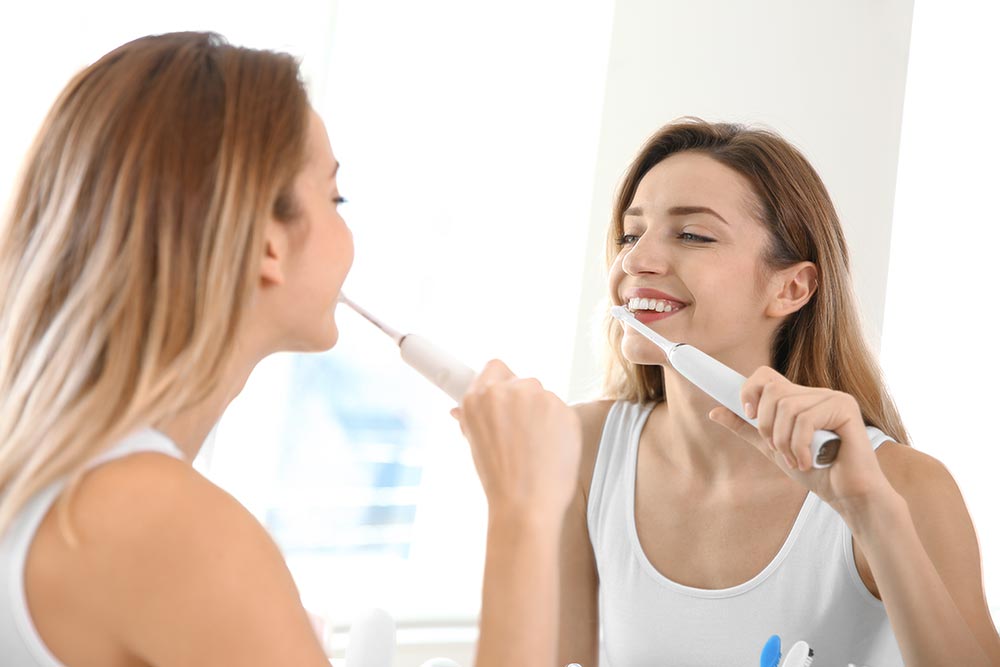
Well, let’s study the valuable hints how to clean your electric toothbrush handle:
1. Regular wiping: start by rubbing the handle of your electric brush routinely, bringing a damp cloth or an alcohol-based wipe as a helper to remove any residue or paste splatters. This simple step helps prevent accumulation of germs and stores your brush looking and feeling clean.
2. Detachable components: if your electric brush has detachable particles, such as brush heads or tooth cream reservoirs, uninstall them and clean distinctly. Wash these parts with warm humid and mild soap, ensuring that no toothpaste or debris remains trapped in crevices.
3. UV sanitizers: consider putting some finance in a UV sanitizer engineered for electric teeth-whitening assistants. These items apply ultraviolet light to kill bacteria and viruses on the brush cap. While not a necessity, UV sanitizers can be a valuable addition for enhanced cleanliness.
4. Avoiding water exposure: stave off water from entering the internal components of your electric toothbrush. If water seeps into the handle or battery compartment, it can damage the device. Always follow the manufacturer’s guidelines on water exposure.
5. Keeping replaceable parts on your radar: track the lifespan of replaceable components like brush heads. While most manufacturers recommend changing the brush head every three to four months or sooner if bristles show signs of wear, try regularly replacing these parts to ensure optimal cleaning efficacy.
How to cleanse electric toothbrush

Stepping further into the topic, there are more tips on how to wash electric toothbrush head contributing to its release from viral contaminants.
1. Remove the brush cap: detach the described item from the handle as per the instructions: typically, twist or pull it off, depending on the model.
2. Rinse thoroughly: after each use, rinse your electric washing device under fast water. This removes any residual toothpaste and saliva, preventing the growth of bacteria between uses. Ensure that humidity reaches all the components of the head and bristles.
3. Soapy water soak: For a more thorough clean, periodically soak the electric device head in bubble water, using a mild dish soap and warm fountain for this purpose. Allow the device’s head to stay underneath for several minutes, then rinse it comprehensively. This contributes to breaking down and erasing accumulated debris.
4. Antiseptic mouth wet: consider occasionally soaking your toothbrush in antiseptic oral wash. This activity not only sanitizes the brush bristles, but also imparts a refreshing taste to your mouth during the next brushing session.
5. Hydrogen peroxide rinse: another effective method is rinsing the brush head with hydrogen peroxide. This natural disinfectant can help eliminate bacteria on the bristles, ensuring comprehensive gargling to remove any residual peroxide before application.
6. Boiling water disinfection: for a deep washing, you can boil water and immerse the brush head (detachable, if possible) for several minutes. This method effectively destroyed most bacteria. However, be cautious not to use boiling water on electric toothbrushes with internal components that may be damaged by heat.
7. Use UV sanitizers, if accessible. Designed to kill germs on the brush head, certain electric cleaning devices come with UV sanitizers. So, if your device has this bonus, use it accordingly to the manufacturer’s recommendations.
Why regular cleaning matters: establishing healthy oral care habits

Keeping safe and clean your toothbrush is an extensively reasonable solution on several grounds:
1. Bacteria prevention: a disinfected toothbrush reduces the risk of bacterial contamination. Malicious viruses from your mouth can thrive on damp bristles, leading to unpleasant odors and potential health challenges.
2. Plaque control: regular cleaning helps prevent the buildup of plaque on the toothbrush. If left unchecked, this can transfer back to your teeth, counteracting the effectiveness of your oral care routine.
3. Fresh breath: a clean tooth assistant contributes to fresher breathing. Lingering bacteria on the brush can transfer to your mouth, causing bad breath issues.
4. Prolonged lifespan: proper cleaning extends the lifespan of your toothbrush. Well-maintained bristles and components ensure optimal performance, providing thorough cleaning for a more extended period.
5. Overall oral health: a purified tooth tool is integral to your overall cavity sanity. It complements other oral care practices like flossing and regular dental check-ups, contributing to a healthy and radiant smile.
Valuable advice for oral cavity health
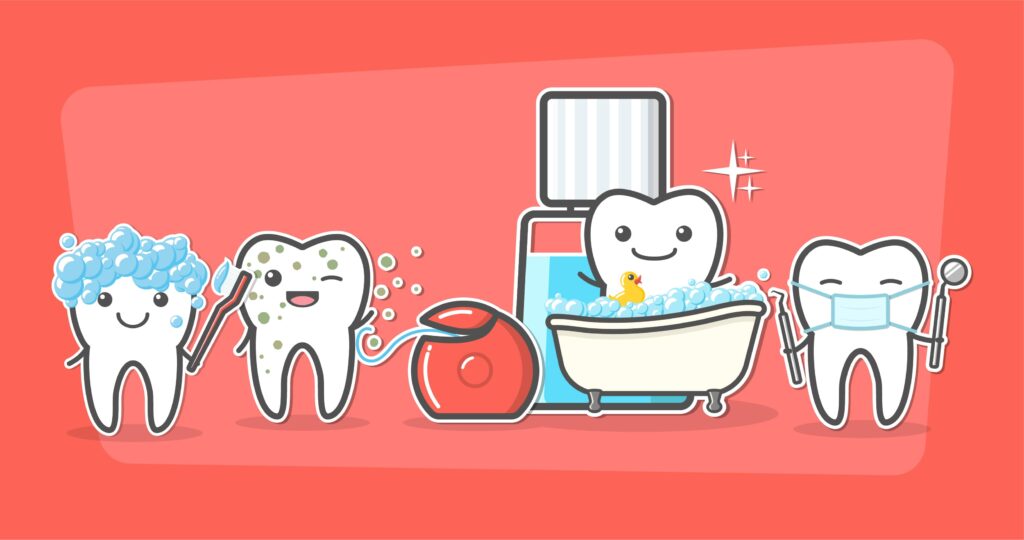
Catch up our reasonable tricks for your teeth and body wellness:
1. Regular replacement: Replace your toothbrush or brush head every three to four months, or sooner if bristles are frayed. This ensures effective cleaning and prevents the risk of using a worn-out toothbrush.
2. Store properly: keeping your toothbrush in an upright position to allow proper air circulation and drying. Also, place it in closed containers or holders trapping moisture.
3. Avoid sharing: tooth care devices are personal items, and sharing them can lead to the exchange of bacteria and germs. So, stick to using your personal stuff to maintain your mouth healthy and safe.
4. Balanced diet: an equitable food menu contributes to overall oral sanity. Restrain from eating sugary and acidic products, altogether with increasing your fruits-based meals, vegetables, and dairy products for stronger teeth and gums.
5. Professional check-ups: Regular dental control and visiting dentists are essential for identifying and addressing oral health pains. Thus, reach out timely for your dentist for personalized teeth-keeping advice.
Shutting the story down
In conclusion, adopting a proactive approach to cleaning and maintaining your tooth – cleaning friend is core for optimal oral hygiene. Regular washing, proper storage, and thoughtful replacement brightly contributes to a healthier mouth and a more attractive, happy smile.
With all this, keep your eye on AENO top-gun home and personal care devices that hold your comfort and ecological safety in thoughtful hands.
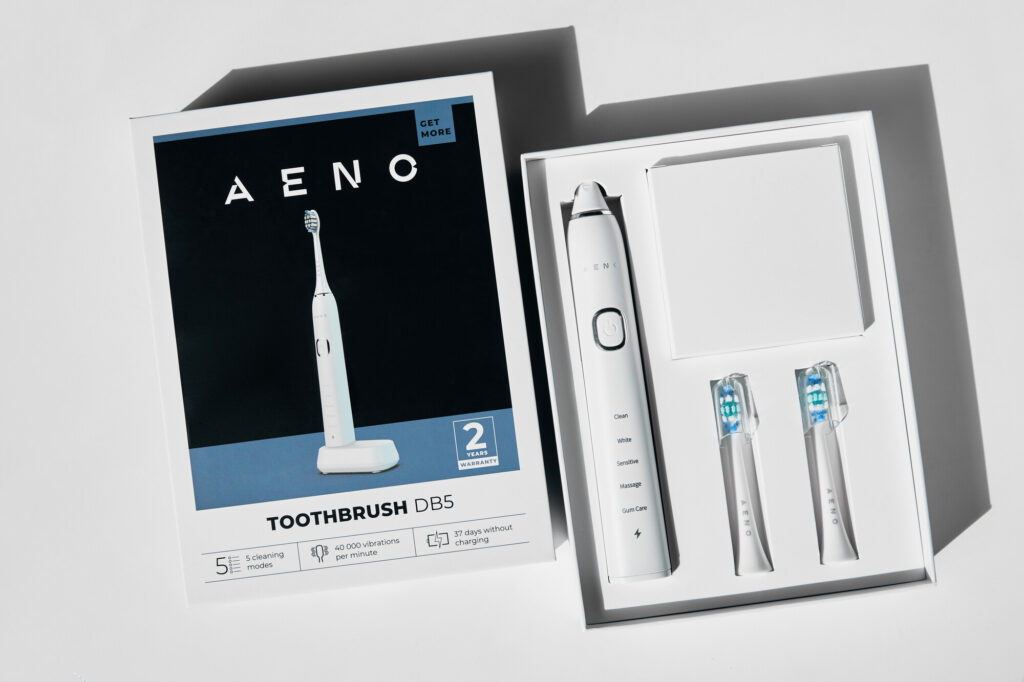
Remember, a clean toothbrush is your reliable collaborator in the quest for a beautiful and healthy set of teeth like pearls!
Want to BUY this product?
Check out retailer list for your country.
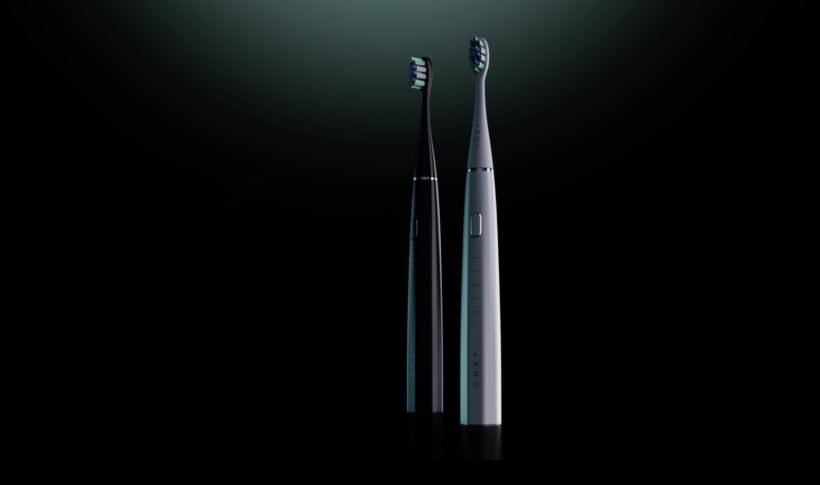
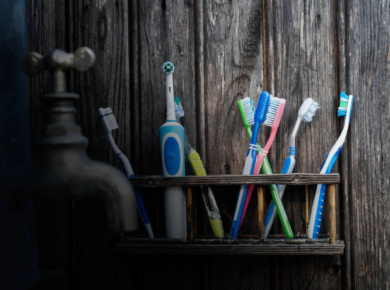

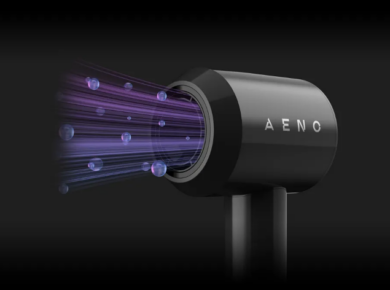
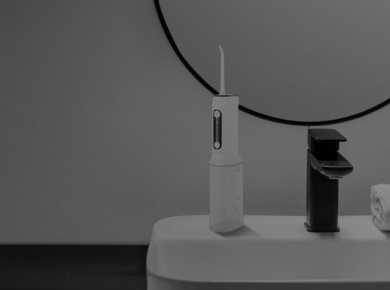
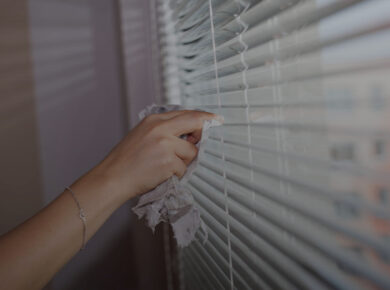


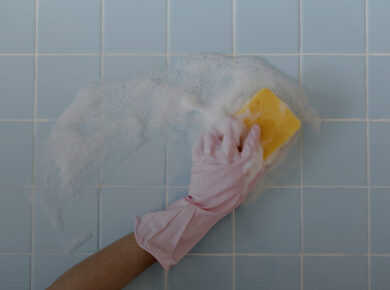
1 comment
What are the recommended steps for cleaning an electric toothbrush according to the article “How to Clean Electric Toothbrush”?